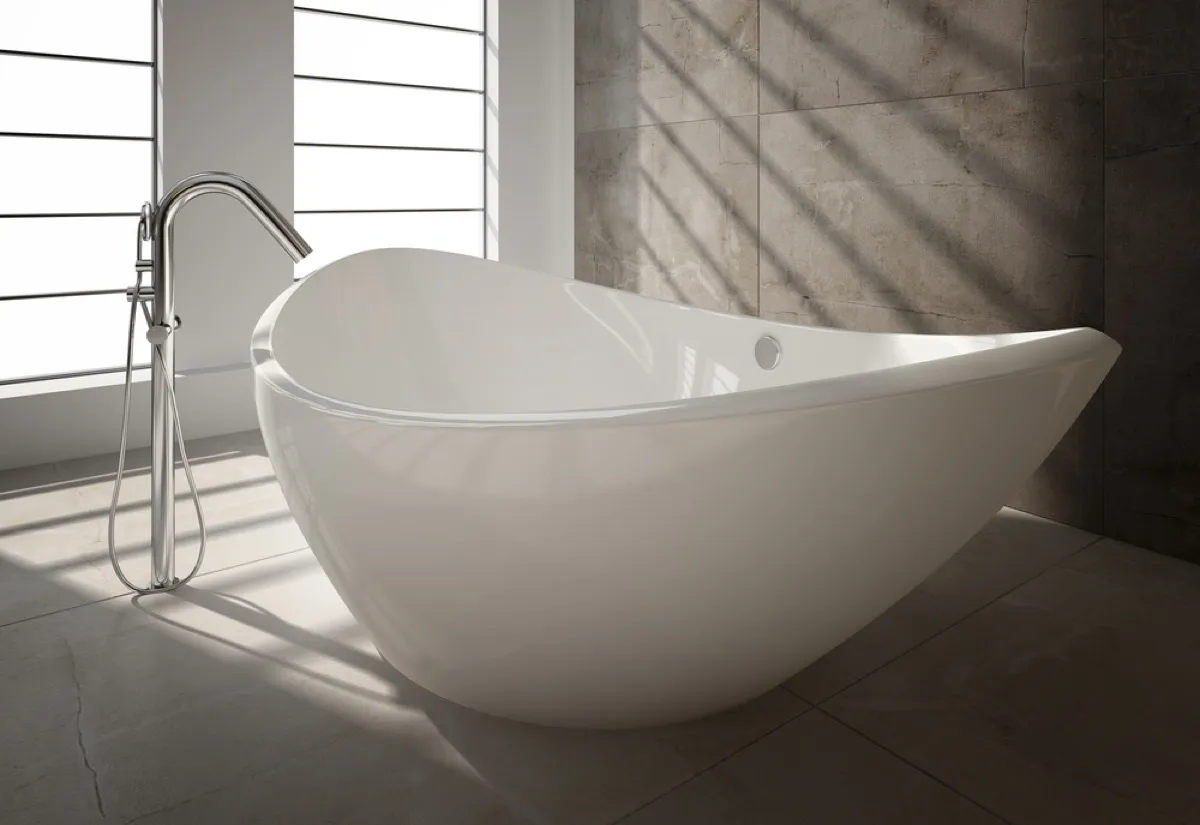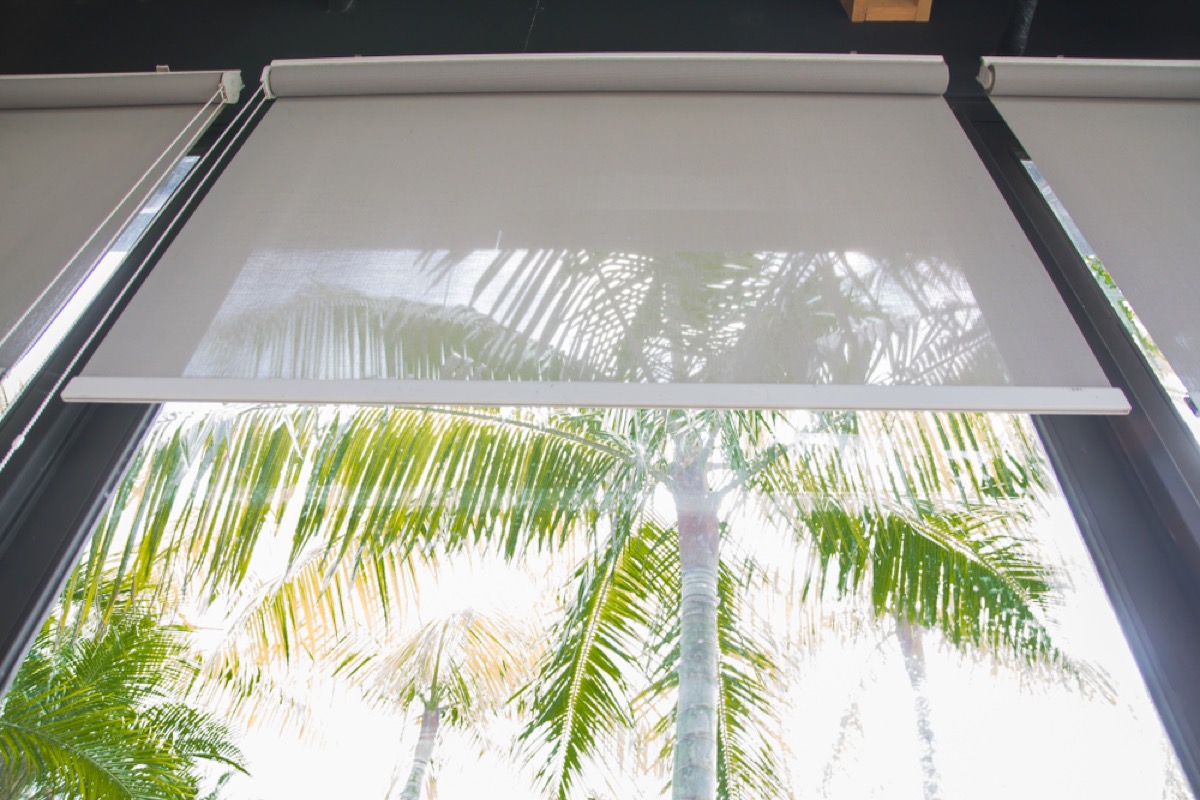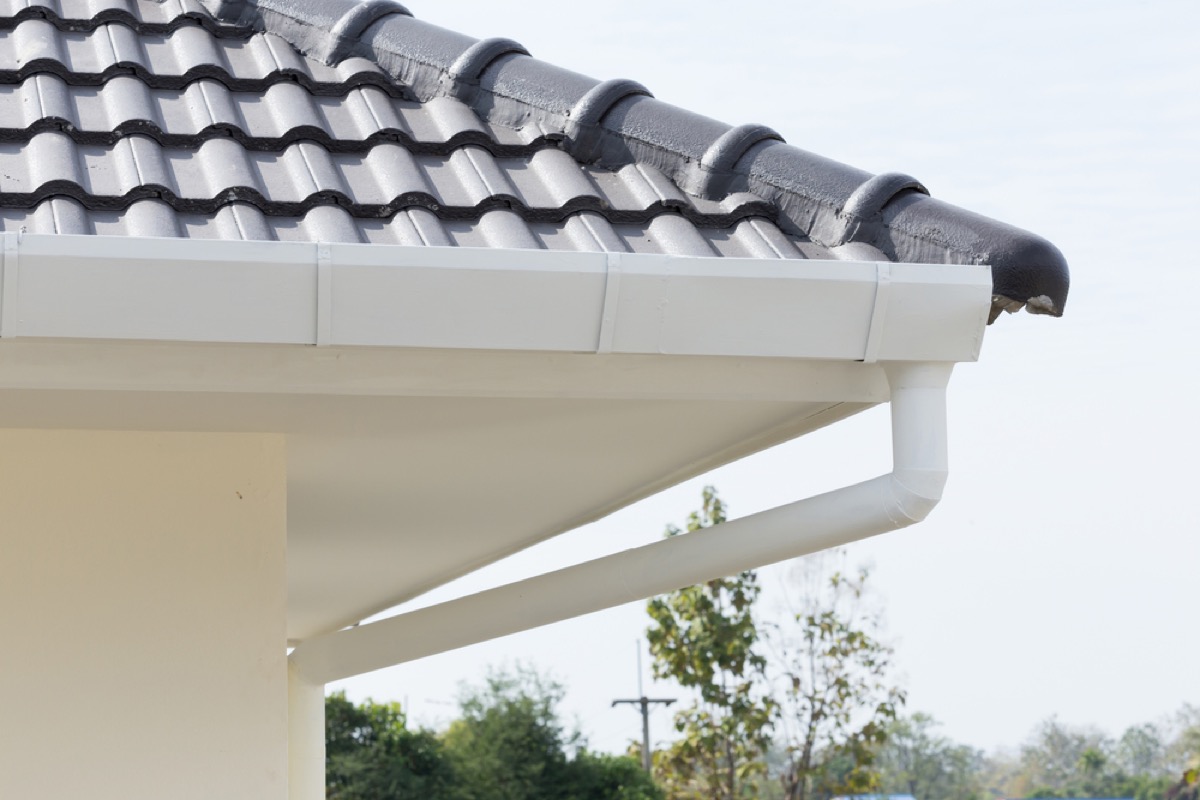23 Bad Home Design Choices That Cause Damage

So, you’ve finally found the home of your dreams, and you’re eager to get to work making it your own. You’ve got the paint, the flooring, some new lamps, and a bunch of Fixer Upper episodes on your DVR. In other words, you’re ready to transform your space into your space. However, before you start to swing that hammer, it’s important that you know which of those seemingly innocuous home design choices on your to-do list may actually cause serious (and costly) problems in the future. With the help of home experts, we’ve rounded up all the bad home design choices that could be causing major damage to your humble abode.
1
Adding rooms

Transforming that extra space in your attic into a new room or dividing a large bedroom into two may seem like an easy enough job, but doing so can cause lasting structural damage in the long run. Trying to pull off such major tasks without proper engineering can set you up for serious problems, including foundation trouble, says Daniel Dolan, an architect with JRVD Architecture in the San Francisco Bay Area. When in doubt, “consult with a few professionals and get a few quotes before moving forward,” he suggests.
2
Putting a tub filler in the wrong spot

Want the water in your bath tub to come directly out of the wall? Well, if you’re not careful, changing the position of that faucet can be a disaster waiting to happen. If you don’t put in a pressure balancing valve below the tub filling mechanism, “you could be scalded with the water and it also won’t pass inspection when you’re through,” says Cristina Miguelez, a remodeling specialist at home renovation site Fixr.
3
Installing windows under roof overhangs

While adding a new window may brighten up an otherwise dark space, putting one directly under a roof overhang can cause more problems than it solves. This opens up the window to moisture damage, explains Brett Elron, owner and lead interior designer at Barter Design, a New York-based interior design consulting firm. “As water spills over the edge of the roof near the window, it will begin to slip into the cracks,” he says. The result could be thousands of dollars worth of water damage—or even mold—to clean up.
4
Creating pass-throughs

Creating a pass-through between your kitchen and dining room can be convenient when it comes to serving meals. But it can also lead to a major nightmare if you don’t have a pro to help you out. “If you start cutting without any planning, you can easily cut through air conditioning or electrical wiring,” says Elron. Not only would that leave you with a very costly repair, but worse yet, you could accidentally electrocute yourself.
5
Mounting curtains on moldings

While mounting your curtains directly on your molding may cover your window more precisely than hanging them above, this trend is more problematic than it seems. “If you ever decided that you don’t want curtains on this window anymore, then you will have to spend hundreds maybe even thousands to repair the damage you put into the moldings,” says Elron. His suggestion? Simply mount those curtain rods on the wall instead.
6
Installing mechanized shades

Those mechanized shades may be convenient, but if you’re installing them after your house is already built, you’re setting yourself up for costly repairs. “If a pocket is not designed into the ceiling and the proper wiring isn’t worked into the walls during construction, then the final product looks less than ideal,” says Michael Sims, president of Sims Luxury Builders in the Houston area. He notes that this can also cause serious damage to the wall in which you’re installing those mechanisms.
7
Using sheer curtains

Opting for sheer curtains is an easy way to let natural light into your room while creating some privacy. But it’s also a great way to damage your flooring. “Permanent flooring can fade with prolonged sunlight,” says Sims. And if you have a rug, “the flooring under the rug will remain its original color.” You’ll be left with discolored flooring—and that’s not a great look for you once you remove the rug, or for a potential buyer down the line.
8
Adding a shed in your backyard

Putting that shed in your backyard may not seem like a huge job, but if it requires digging to pour a foundation, you could be inadvertently damaging your home in the process. If you start digging without locating the drainage lines in your yard, “over time, the increased damage can cause sewage backup in the home,” says Sims. So, be sure you’re clear of any and all plumbing.
9
Using unfinished wood to cover walls

Just because Joanna Gaines loves shiplap doesn’t mean you should start adding rough boards to your walls willy-nilly. In adding unnecessary weight to your walls, you’re potentially cracking plaster or causing drywall to pull away from the framing over time.
Plus, the unfinished wood also means your walls will be shedding splinters, says Leslie Saul, president and founder of Leslie Saul & Associates, Inc., an architecture and interior design firm in Cambridge, Massachusetts. Of course, this can harm you (and snag your clothing), but if those splinters get underfoot, they can also easily damage your hardwood floors, causing deep and difficult-to-remove scratches.
10
DIY-ing open concept spaces

HGTV shows may have you dreaming of the day when every floor of your house is a single enormous room, but knocking down walls can lead to major problems in the future if you’re not careful. “Removing the wrong [walls] without adding the proper structural reinforcement may cause some serious structural damage to the house,” says licensed architect Ryan Schwartz of the Canadian residential design, architecture, and construction firm Nordhaus. He notes that taking down walls also frequently leaves large gaps in both the flooring and ceiling that require expensive repairs.
11
Painting over brickwork

While you may have dreams of turning that red brick chimney into something a bit more modern with a simple coat of paint, you should think twice before you break out that brush. In addition to being essentially impossible to remove once it’s on, “if you paint brick near a fireplace, the heat from the fire can cause bubbling of the paint,” says Saul.
12
Adding multi-peaked roofs

Having additional gables added to your roof can give it some extra charm, but doing so doesn’t come without problems for your home. “A roof with a number of peaks and valleys may collect snow and water depending on your climate,” says Schwartz. These rises and dips quickly become the roof’s most-damage prone areas. If you need a roof replacement or are thinking of remodeling, opt for a simple gabled roof instead—flat roofs require ventilation to avoid moisture build up.
13
Hanging heavy items without a stud finder

Just because you have a place in mind to put that heavy painting or mirror doesn’t mean that design decision will last. Not only can the weight of your oversized décor piece potentially crack the wall behind it, the item itself is likely to break after falling from the wall. “A person in the vicinity can get injured, too,” cautions Saul.
14
Using the wrong picture hangers on wood surfaces

All picture hangers aren’t created equal, and using the wrong one on your wooden walls can lead to major issues down the line. “If the wall is made of wood, and you don’t use the right hardware, it can splinter or damage the wood,” says Rodney Méndez, CEO of construction firm Summer House Panama. Not only will that result in unsightly splits in the wall itself, but it could potentially cause whatever is on the wall to fall down, leading to further damage.
15
Removing eaves

Removing the eaves from your home—or building a home without any eaves to begin with—may give it a sleek modern look. The downside? You’re also removing a layer of protection against the elements. “Shortening or removing them altogether will increase the odds of moisture getting into the wall assembly,” says Schwartz. “And moisture is the enemy.”
16
Paving next to your foundation

The convenience of having your driveway come up right next to your house doesn’t outweigh the problems that bad home design choice will eventually cause. When non-permeable materials, like concrete, abut your foundation, they “can direct water towards the foundation and cause serious structural issues over time,” says Schwartz.
17
Putting furniture over air vents

Awkwardly placed HVAC vents may be annoying, but simply ignoring them—or worse yet, placing furniture in front of or atop them—can mean costly repairs in the future. “Covering air vents with furniture can strain the ability of the mechanical system to heat or ventilate entire rooms,” says Schwartz. “Keep those vents clear!”
18
Hanging art above your fireplace

It’s probably not news to you that if you’ve got an open flame in a room with long curtains, you might find yourself in a seriously scary situation. But even having art or open cabinet doors above fireplaces can lead to a fire breaking out, cautions Saul. So make sure that you’re placing any flames far from your other design elements.
19
Painting walls without primer

Think you can slap some paint on those worse-for-wear walls and call it a day? Think again. Saul says that improper preparation of walls—specifically failing to prime them, can cause cracking and peeling in virtually no time, leading to expensive repairs.
20
Adding drywall over cracked plaster

You may want to cover up those unsightly cracks in your walls with sheets of drywall, but doing so without first calling a structural engineer can set you up for bigger problems in the long run. “If you see cracks—especially horizontal cracks on a wall or where the ceiling and wall come together—please get a structural engineer or at least a qualified builder take a look,” says Saul. She notes that this type of crack could mean there are structural issues that need to be addressed before you even consider any cosmetic upgrades.
21
Using the wrong rug pad

While rug pads can help reduce your risk of slipping, choosing the wrong one can also irreparably damage your flooring. “After sitting against a wood floor for a year or two, some nonstick rug pads leave a permanent residue on the flooring,” says Sims.
22
Using latex paint on older trim work

Applying latex-based paint to cover up chipping moldings in your home may work for awhile, but if your house is of a certain age, it’s bound to cause more problems than it solves. That’s because many older homes have oil-based paint on their trim work that, when painted over with latex, “leads to the new paint peeling and scratching very easily,” says Jeff Neal, a project manager for Pennsylvania-based commercial painting contractor PennCoat. This can be an especially harmful problem if the paint has traces of poisonous lead in it.
23
Placing appliances far from outlets

If you’re using an extension cord as a permanent solution to your lack of outlets, you could be setting yourself up for serious trouble down the line. Extension cords aren’t meant to be used permanently, says Tom Hart, a firefighter in New York and a safety engineer at international engineering firm Syska Hennessy. He points out that using extension cords over a long period of time—especially if they’re in areas where they’re regularly getting stepped on, like under a rug—can wear them down significantly, increasing your risk of a house fire. And for more surprising ways you’re setting yourself up for a frightening situation, check out these 23 Scary Signs Your Home Is a Fire Risk.
To discover more amazing secrets about living your best life, click here to follow us on Instagram!